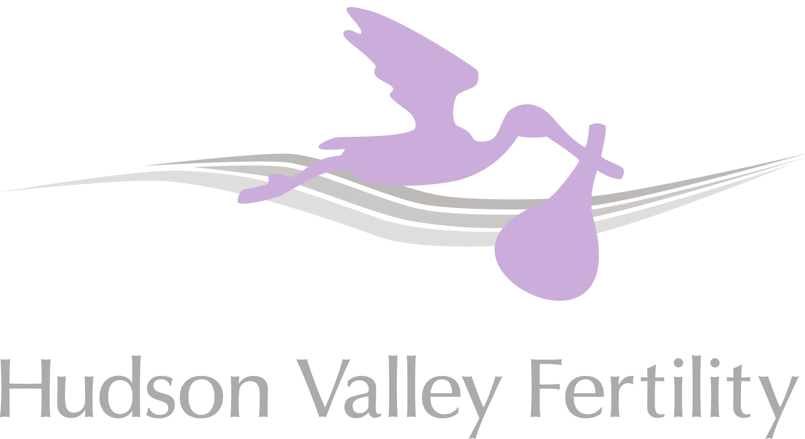Artificial Insemination
Intrauterine Insemination (IUI)
For those individuals who have not achieved success with oral medication, or for those whose individual needs are appropriate for going straight to this level, injectible medication in combination with Intrauterine Insemination (IUI) can be a a very effective treatment plan. This treatment involves a regimen of daily home self-administered hormonal injections to directly stimulate extra ovarian follicles (egg sacs). Ultrasound and blood work are performed at periodic time intervals, generally for 8-12 days of stimulation to monitor the safety and effectivess of this stimulation. At the end of the stimulation, after it is determined that a sufficient number of ovarian follicles have been stimulated, a final “trigger shot” of the hormone HCG (Ovidrel, Novarel, and Profasi) will be administered.
This will cause ovulation to occur in an exact timed fashion. Washed sperm, obtained from husband, partner, or donor, is then injected into the uterus approximately 35 hours after the HCG injection. The intrauterine insemination of washed sperm facilitates a better sample of sperm placed closer to the desired target, the fallopian tubes where fertilization will take place.
Pregnancy rates range generally from 20-30% with this level of treatment, though individual results may vary. Higher rates of multiple gestations and excessive ovarian stimulation can occur with this level, though with close observation with ultrasound and blood work during stimulation these risks can be minimized. A blood pregnancy test is performed two weeks after the IUI to test for the success of this treatment regimen.
How many times should I do intrauterine inseminations?
When should one look into other treatment options when intrauterine inseminations have failed? This is more dependent on female age, other infertility diagnoses, duration of infertility, and quality of the insemination specimen. I generally recommend in vitro fertilization if the female partner is over age 38 or has a history of diminished ovarian reserve because success rates with IVF is significantly higher than those achieved with intrauterine inseminations. I also recommend IVF after three or four failed intrauterine insemination cycles, because pregnancy rates begin to decline after the fourth IUI attempt. Studies have shown that after 4-6 insemination cycles pregnancy rates decline by half to two-thirds.
In all, intrauterine insemination is a viable treatment option for certain infertile couples. It can be an effective treatment for the right candidate, but it is starting to grow out-of-favor because of the shorter time to conception and increased pregnancy rates seen with in vitro fertilization.

